
When the Swiss emigrated to the Wild West
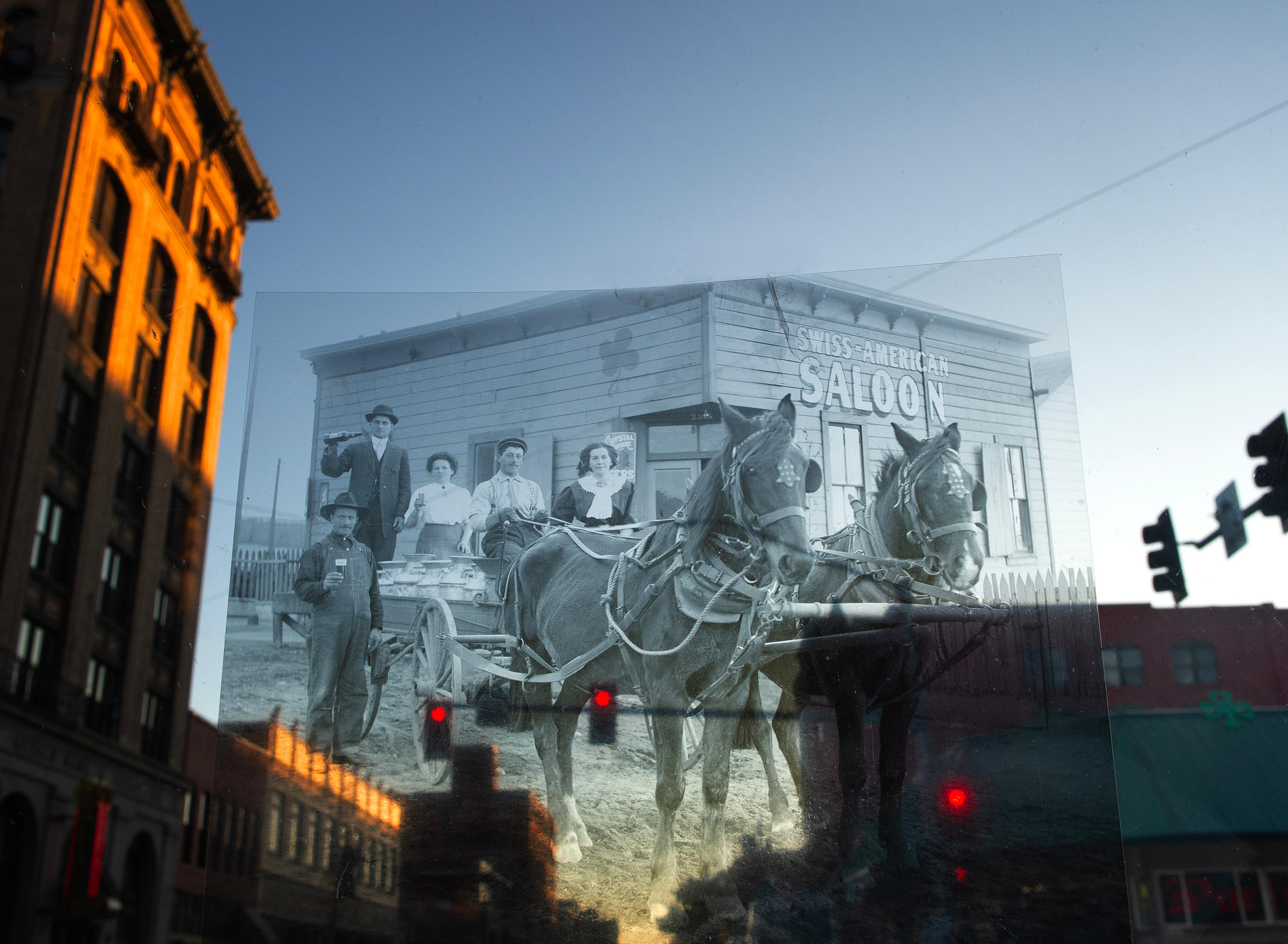
Photographer Flavia Leuenberger Ceppi travelled to the town of Butte, Montana, in the United States to document how Swiss-Italian settlers lived there from the middle of the 19th century. The project led to a photo reportage linking past and present.
To document the project Leuenberger sieved through local archives. There she found traces of Butte’s first European settlers: the Parini, Vanina, Canonica, Campana and Strozzi families, to name but a few.
Settlers moved to the region from their home countries – mainly Italy, Switzerland, China, Finland and Ireland – during the Industrial Revolution to raise cattle and work in the mines.
Leuenberger used transparency foils to merge historic photos with her own present-day images to bring the stories of Ticino emigrant families back to life and highlight how much sacrifice was needed to make Butte the town it later became.
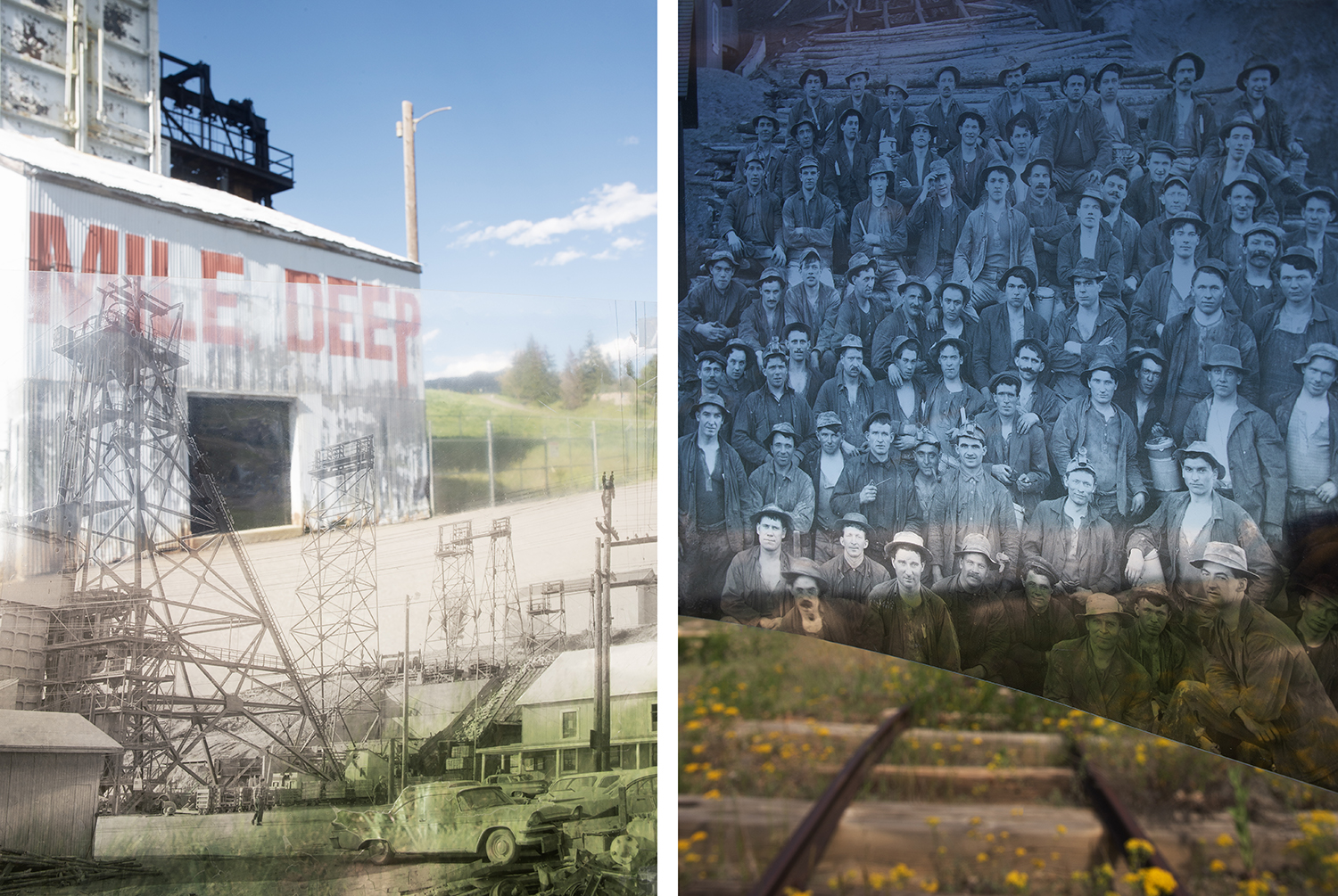
Mining – a growth industry
In the 1860s Butte was a small town located in the vast prairies of Montana that initially developed as a mining camp. Mass immigration had given it a reputation as an open-minded place, where all kinds of freedoms were available: breweries, saloons and red-light districts.
Later, the region became important for mining gold and silver. It grew exponentially with the advent of electricity, helped by the region’s large natural copper reserves. In the 1890s, Butte supplied over 25% of the world’s copper and over half of the copper used in the US. After a century focusing on mining, Butte began a campaign in the 1990s to diversify its economy.
Several Swiss emigrants were attracted by Butte’s vibrant economy. Many settled there from California, especially Swiss-Italian emigrants. And a number of families moved permanently to the surrounding countryside.
Photo story
The historic images belong to two collections in Butte’s historical archive: the Clemente Liva Photo Collection and the C. Owen Smithers Photograph Collection, while others came from private family collections.
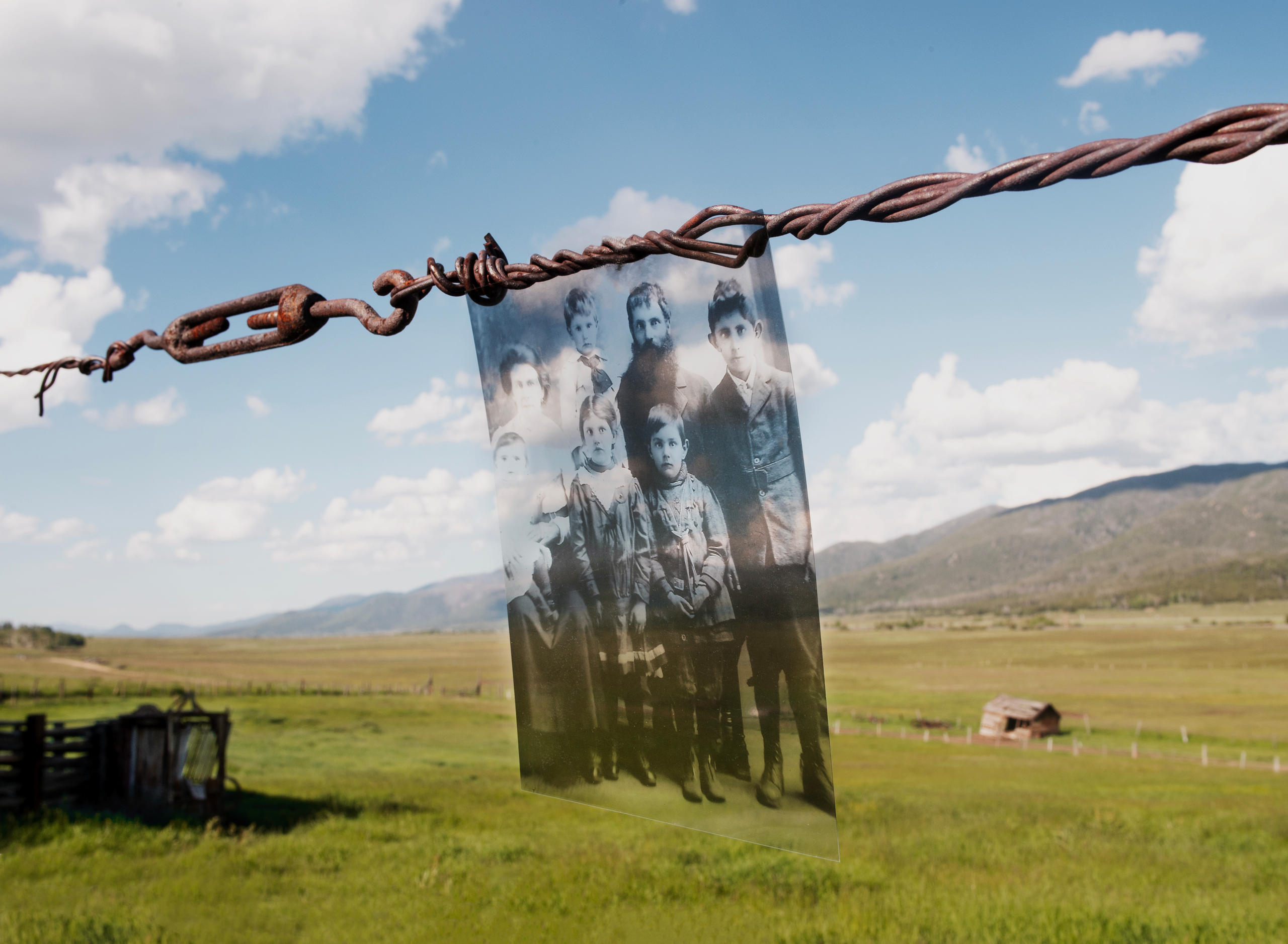
The Vanina family
Mose Vanina left Biasca, canton Ticino, in 1877 for Pony, Montana, before moving to Meaderville in Butte. In 1902, he bought the “Swiss American Dairy” and rented a pasture where he milked his cows during the summer. In 1909, he returned to Ticino to marry Elvira Rodoni, who arrived in the United States a few months after him. Crossing the different states by train she was struck by the vastness of the endless spaces.
In 1910, they moved to Woodville, bought a house and the “Elgin Dairy”. Initially, Mose delivered milk by horse and cart. Their business was the last retail dairy in the area. It was managed and operated for 80 years by the Vanina family. Mose and Elvira had five children.
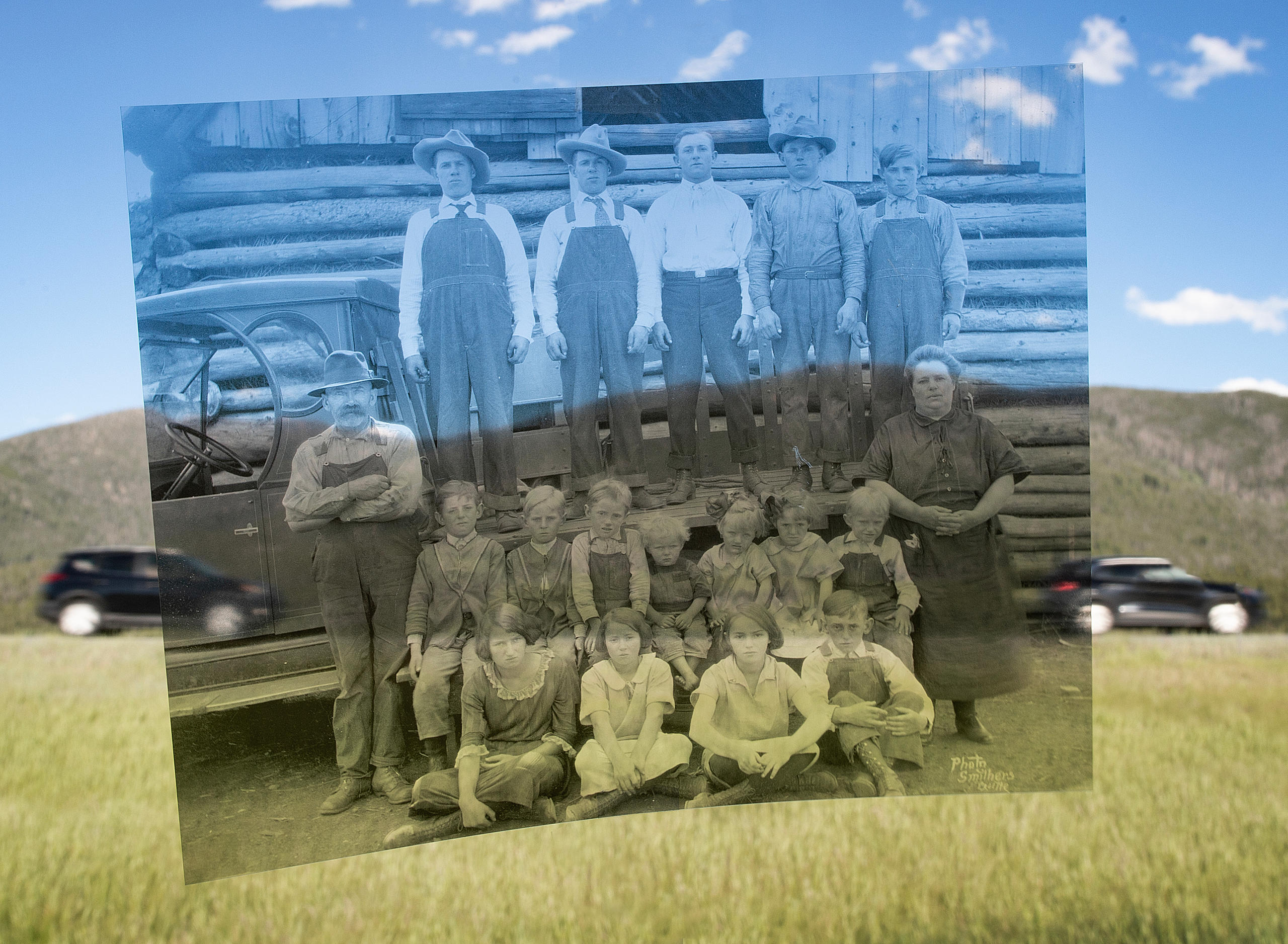

The Parini family
Daniel Parini left Iragna, canton Ticino, in the late 1880s to work first in California in a forestry camp. Later, he moved to Butte, where he worked as a miner at the Blue Bird Mine. He later bought his own farm in a nearby valley. That’s when he began a correspondence with Olimpia Tartini, his childhood friend. In 1904, she joined him and became his wife. Over the next 12 years, 17 children (12 boys and 5 girls) were born. By 1926 they had become the largest family in Montana and their farm was a prosperous dairy. The children all left the valley, with the exception of John and Rudy, who remained on the ranch until 1974, later turning the farm into an animal paddock. The Parini family contributed to the prosperity of the town and its surrounding area; the sons were involved in various economic and social activities: diners, founderies, painting and construction work, among others.
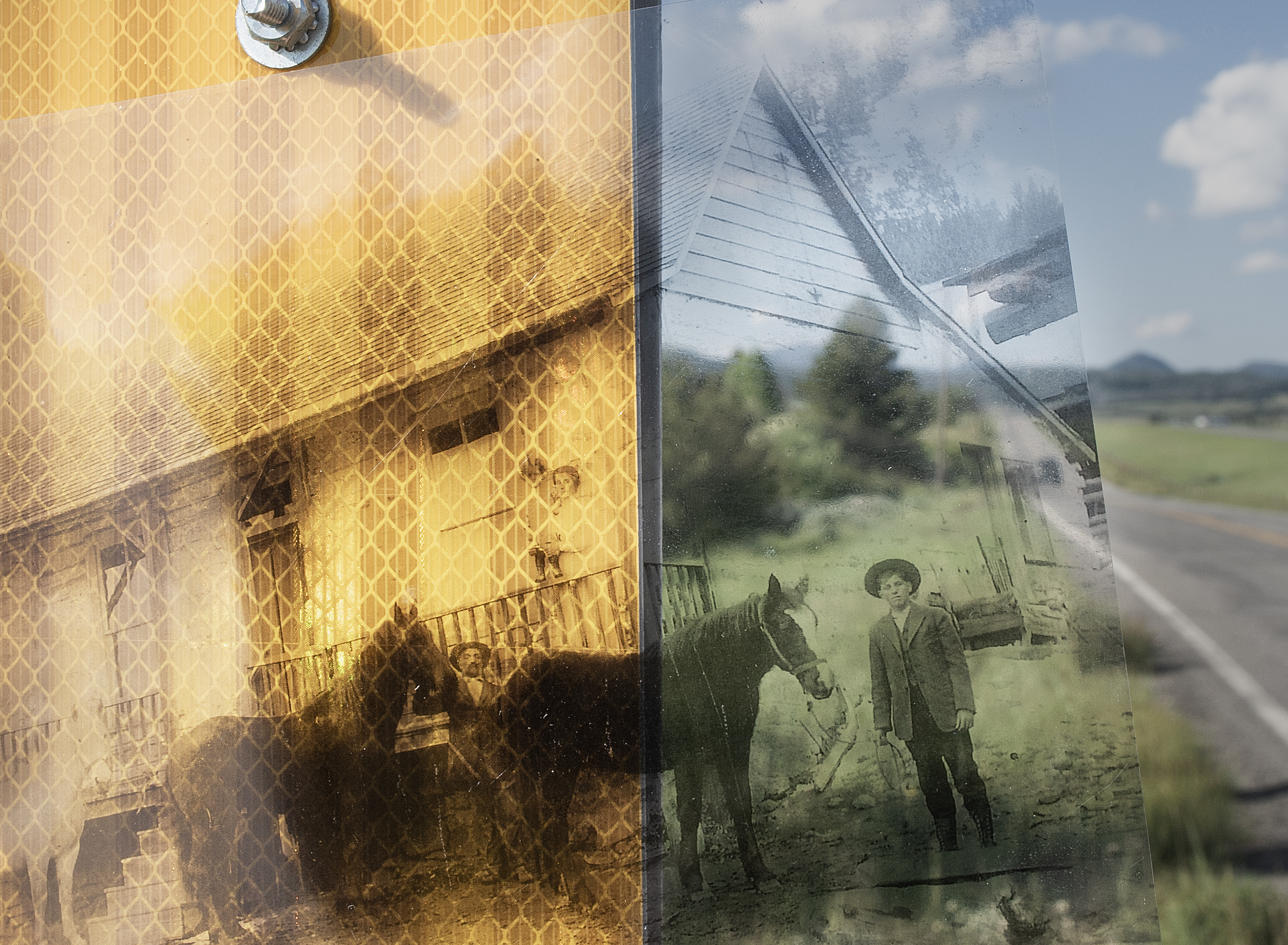
The Strozzi family
Battista Strozzi (1862-1929) left Biasca, canton Ticino, at the age of 14 with his brother Emilio and cousin Manuel. They travelled hidden in the hold of a ship with cows whose milk enabled them to survive the long journey. Battista arrived in Nevada where he learned to make charcoal, which he later transported to Butte to sell to blacksmiths. In 1884, he settled in Woodville Canyon, where he began a dairy business. In 1893, he was joined by Martina Rossetti, his childhood friend. They married, moving to the nearby valley of Elk Park where they began selling milk wholesale They owned about 60 cows. They had three children. In 1912 they sold their ranch to the Cerise family and then moved to Pipestone, Minnesota, to continue a dairy business.

The Campana family
Rocco Campana emigrated from Val Colla, canton Ticino, to Butte in 1886 with his wife Pellegrina. At that time the town was still a camp for miners with a precarious future. In 1890, his three brothers joined him. Clemens, Celeste and Constant ran an emporium in town, while Rocco was in charge of selling alcohol and cigars. The family residence extended to the upper floors of the store and bar. Rocco died from a stroke at the age of 46, leaving nine children and his wife who ran the businesses until her death in 1925. It was one of the longest-running family businesses in the city.
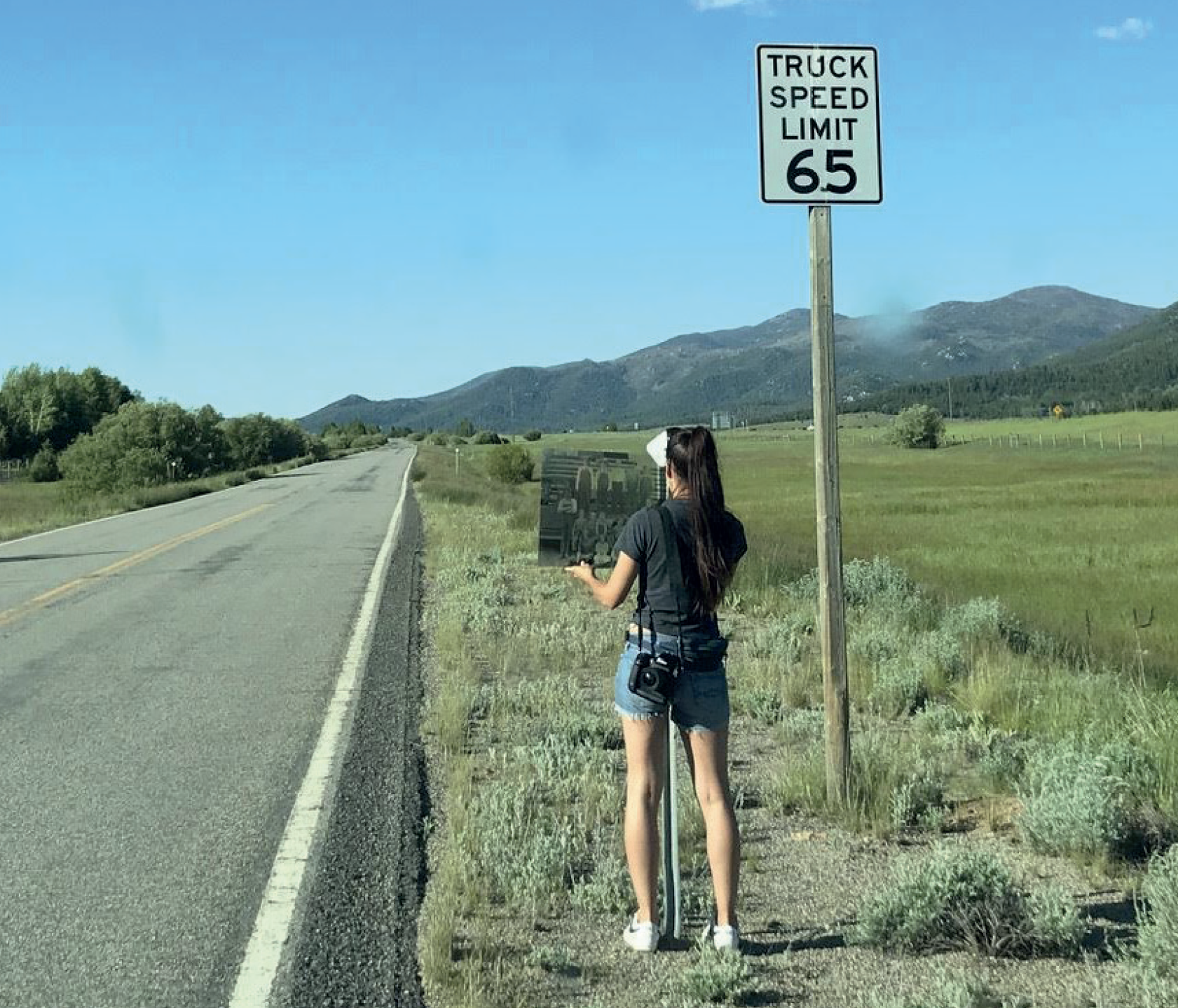
Flavia Leuenberger Ceppi, born in 1985, attended the CSIA arts school in Lugano, Switzerland, where she graduated in 2004 with a degree in graphic design. She has won first prize (2015) and second prize (2023) at the Swiss Press Photo Award in the portraits category.
Text edited by Virginie Mangin

In compliance with the JTI standards
More: SWI swissinfo.ch certified by the Journalism Trust Initiative




























You can find an overview of ongoing debates with our journalists here . Please join us!
If you want to start a conversation about a topic raised in this article or want to report factual errors, email us at english@swissinfo.ch.